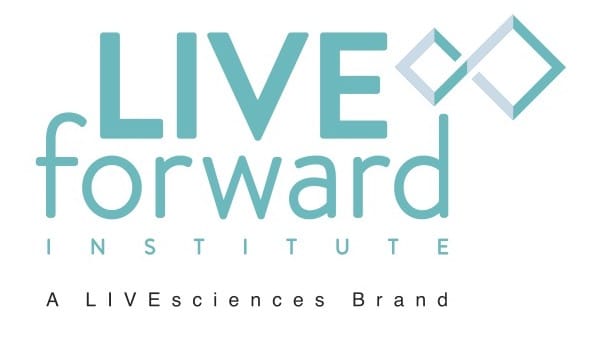By Ricardo Ghersa
In my view, the key developments and trends currently taking place in this field are implicitly demanding the adoption of self-management practices and a teal-related mindset in order to ensure future business success.
First trend: Increasing digitization/ automation of key processes (e.g. planning)/ use of Artificial Intelligence
Implication: a mindset shift is required in the decision-making process, as decision-making by exception – based on fully transparent information sharing – may become the new rule.
Second trend: Pressure for cost optimization and outsourcing of certain activities in lower-cost locations (e.g. artworks)
Implication: a stronger need for cooperation across different functions (e.g. resource fluidity) and effective virtual cooperation.
Third trend: Enhanced focus on customer and patient-centricity, which implies that Supply Chain departments need to develop stronger connections with other key functions (i.e. Marketing, Sales)
Implication: there is a need to re-define and broaden internal roles (e.g. it may make sense for Demand Planners to take on a broader scope) and to consider adopting role-based working.
Fourth trend: Development of personalized healthcare
Implication: Supply Chain needs to seamlessly ensure the production and delivery of small batches of specific products. This requires faster decision-making, enhanced cooperation between different teams and locations, more transparent sharing of information across sites…in a nutshell, a true mindset shift for many, which needs to be managed consciously rather than assuming it will happen on its own.
Fifth trend: Increased cooperation between Pharma firms/ competitors on many different levels: marketing, production (with shared equipment) transportation (with shared capacity)
Implication: there is a need to reconsider how information is shared and decisions are made between these firms
Sixth trend: There is a need to build more resilience in Supply Chain
Implication: There should be more transparency on material flows to better understand and manage the risks
In summary, the trends described imply – in my view – faster decision-making, redefinition of internal roles and responsibilities, cooperation based on fully transparent information sharing, every member of the team acting as a true leader and making decisions based on the role they hold, rather than their job descriptions!



